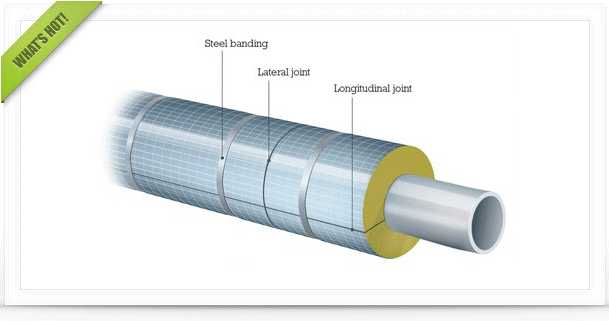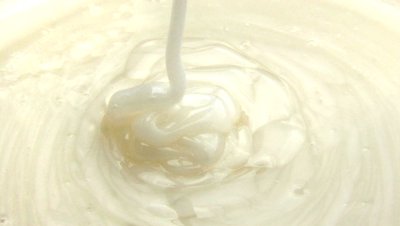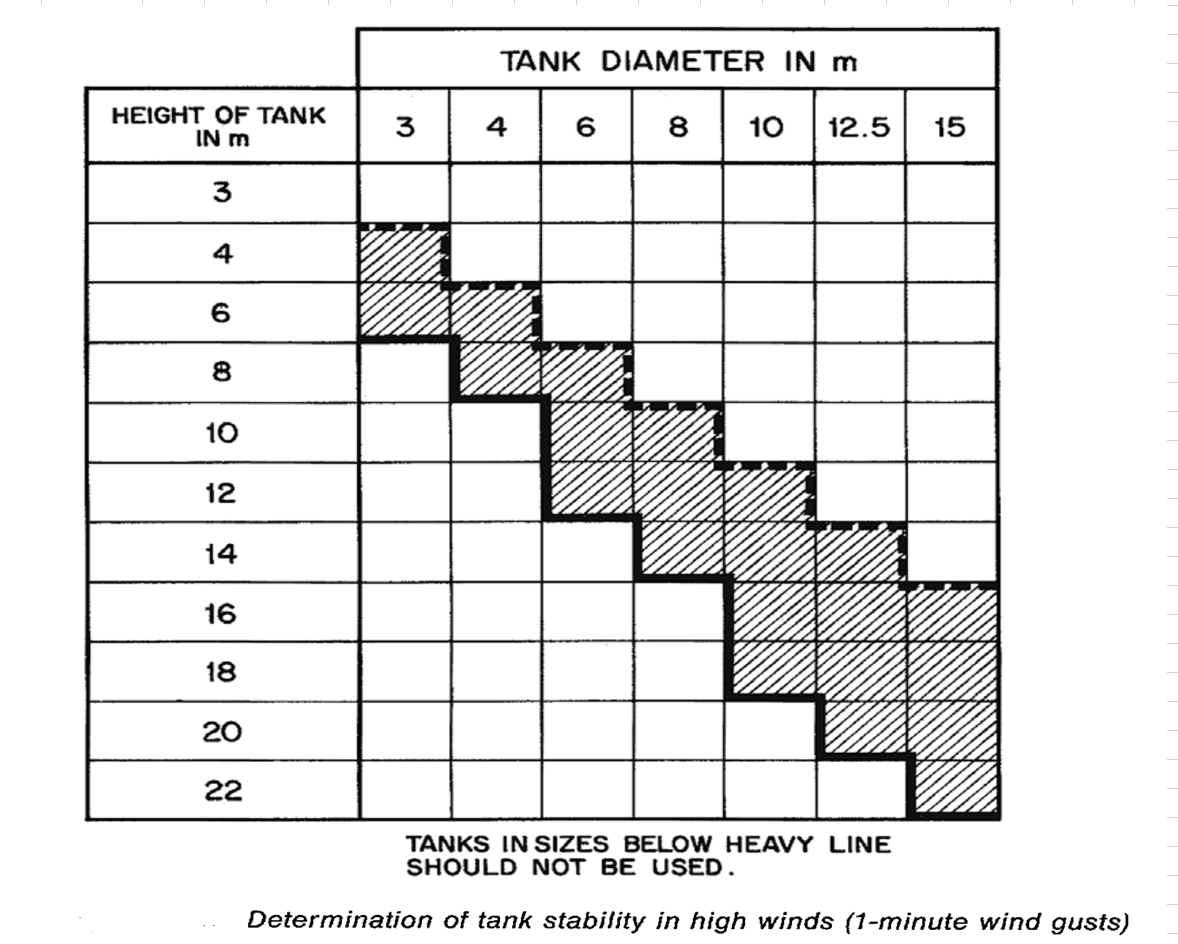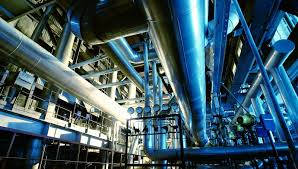|
|
Pump End Of Crve Operation?
#1

Posted 10 February 2009 - 11:03 PM
I am looking for the meaning for the statement "Pump is design for end of curve operation". It is mentioned for intermittent pump.
Thanks in advance.
#2

Posted 11 February 2009 - 01:24 AM
I am looking for the meaning for the statement "Pump is design for end of curve operation". It is mentioned for intermittent pump.
Thanks in advance.
It means the motor would be designed such that the pump can handle the flowrate corresponding to H=0 on Q-H curve,regardless of intermittent or continuous operation.
#3

Posted 11 February 2009 - 08:28 AM
#4

Posted 11 February 2009 - 01:43 PM
That is very clear.
H=0 means while differential head of the pump would be equal to zero and the system curve converts to a line just on Q axis.Therefore system curve and pump performance curve meet each other on Q axis where H=0.This point would indicates the pump operation at maximum flowrate.
The real time example is when a breakdown occured in a point of discharge line such that discharge head would be very close to suction head.
Hope this could clear the matter.
#5

Posted 12 February 2009 - 03:04 AM
@fallah,
as shown in curve you can see that end of the curve is not at the point where H=0, the end of the curve depends on the model of the pump which is a vendor item. H=0 is the point where flow becomes infinite, which is not possible. isnt it?
generally, motor is sized taking 20-25% marzin on BKW for the operating point as per curve and taken next size higher standard motor rating. In some cases motor is sized keeping next higher standard rating on the point where curves end, which is the case you have.
Please correct me if i am wrong.
Attached Files
#6

Posted 12 February 2009 - 01:57 PM
@fallah,
as shown in curve you can see that end of the curve is not at the point where H=0, the end of the curve depends on the model of the pump which is a vendor item. H=0 is the point where flow becomes infinite, which is not possible. isnt it?
generally, motor is sized taking 20-25% marzin on BKW for the operating point as per curve and taken next size higher standard motor rating. In some cases motor is sized keeping next higher standard rating on the point where curves end, which is the case you have.
Please correct me if i am wrong.
In the cases similar to that you presented as a sample,you are right.
But we may faced with steep performance curve having intersection with Q axis and relevant pump is going to be started with open valve.In this case just at start-up moment considering no resistance to flow, we may expect to have a head near zero with maximum flowrate."No resistance to flow" conditions also may occured when we have a sudden breakdown in discharge line of mentioned pump (steep curve) close to its discharge nozzle during normal operation.This was the logic behind of my previous conclusion.
Of course,now i think generalizing the issue for all cases is wrong,and also as you mentioned, with high probability there is no case in pump operation leading to H=0.
Thanks a lot for your precise attention.
#7

Posted 12 February 2009 - 11:38 PM
The first case is that manufacturer may be suggesting us to chose another pump (with a bigger impeller or another model) beyond this point, so that the efficiency is better and pump operation is optimum.
Secondly, flows beyond the end of curve may warrant higher NPSH otherwise the pump may cavitate.
Third reason is that the pump may be non overloading type beyond a certain point.
Another clarification is that the maximum discharge of a pump is a function of the impeller diameter and the rotational speed and there is a limit for that.
#8

Posted 13 February 2009 - 07:18 AM
You are kindly requested to clarify the above matter.
#9

Posted 13 February 2009 - 07:24 AM
regards
#10

Posted 13 February 2009 - 10:14 AM
Since otherwise a soft start of these Electric Motor driven multistage centrifugal pumps was not possible as
either high Amperes observed for longer period(corresponding to initial starting torque) and tripping occur.
or
the pump tripped on overload initially(if valve opened excessively)
Hope this helps
Qalander
#11

Posted 14 February 2009 - 12:56 AM
Maintaining NPSHa equal to that of NPSHr doesn't mean trouble free operation as NPSHr is slightly a misnomer. NPSHr actually corresponds to NPSH where the performance(differential head) of a pump reduces by 3% (NPSH 3 is more likely to replace NPSHr in future). This is the reason why Hydraulic Institute recommends a margin of 1.1 to 2.5. Your pump manufacturer can tell you what margin you have to maintain. As the performance curves are generic, I opine that manufacturer may built in the safety margin and cut off the curve at certain flowrate beyond which it is difficult for us to maintain this margin.
Hope I made my view clear.
#12

Posted 15 February 2009 - 08:19 PM
#13

Posted 17 February 2009 - 06:44 AM
Can you explain this that how breakdown make close discharge and suction pressure?
Can you give some other example and when end of curve operation is used?
#14

Posted 17 February 2009 - 10:24 AM
Can you explain this that how breakdown make close discharge and suction pressure?
Can you give some other example and when end of curve operation is used?
???std, I am puzzled by the quote which is not mine despite being attributed to me. Furthermore, I cannot answer your question since I don't know anything about a supposed "breakdown". High flowrates equate to low head, but I've never heard of concerns about suction and discharge heads being close. I also don't like that terminology. There is suction pressure, discharge pressure, and pump head. So far as I know, pump operation to the right of the BEP (best efficiency point) is generally discouraged.
#15

Posted 17 February 2009 - 10:24 PM
The real time example is when a breakdown occured in a point of discharge line such that discharge head would be very close to suction head.
[/quote]
I am sorry djack.... The question is not intended for you.
fallah Can you explain this that how breakdown make close discharge and suction pressure?
Can you give some other example and when end of curve operation is used?
#16

Posted 18 February 2009 - 12:50 PM
fallah Can you explain this that how breakdown make close discharge and suction pressure?
Can you give some other example and when end of curve operation is used?
-Mechanical breakdown due to any reason
-Pump start-up with open discharge valve
Similar Topics
Thermal Oil Pump Motors Blew OffStarted by Guest_lizelle_* , 02 May 2025 |
|

|
||
Centrifugal Pump In Recycle Mode: Constant Power Consumption But FluctStarted by Guest_Kakka_* , 23 Jan 2025 |
|

|
||
Need Help Understanding Increased Power Consumption In Injection PumpStarted by Guest_Kakka_* , 21 Feb 2025 |
|

|
||
Improving Safety By Re-Routing Priming Vent Line In Centrifugal Pump HStarted by Guest_Srinivas Agastheeswaran_* , 31 Jan 2025 |
|

|
||
Esp Or Sro PumpStarted by Guest_sima-f_* , 05 Jan 2025 |
|

|

 FB
FB









